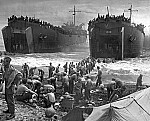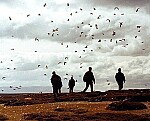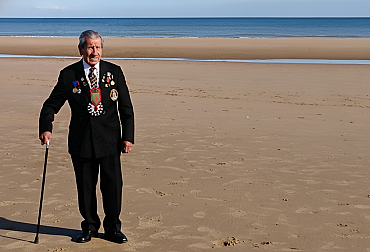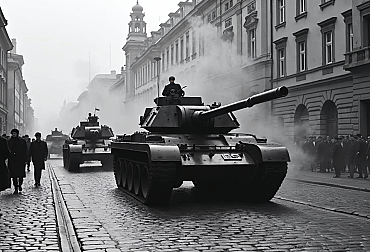June 6th 1944: Day when operation Operation Overlord that changed the course of WWII started
On June 6, 1944, the Allies launched Operation Overlord, the largest seaborne invasion in history, marking a pivotal turn in World War II. This massive operation, commonly known as D-Day, involved the landing of tens of thousands of troops on the beaches of Normandy, France. It was the beginning of the end for Nazi Germany, leading to the liberation of Western Europe from Nazi control.
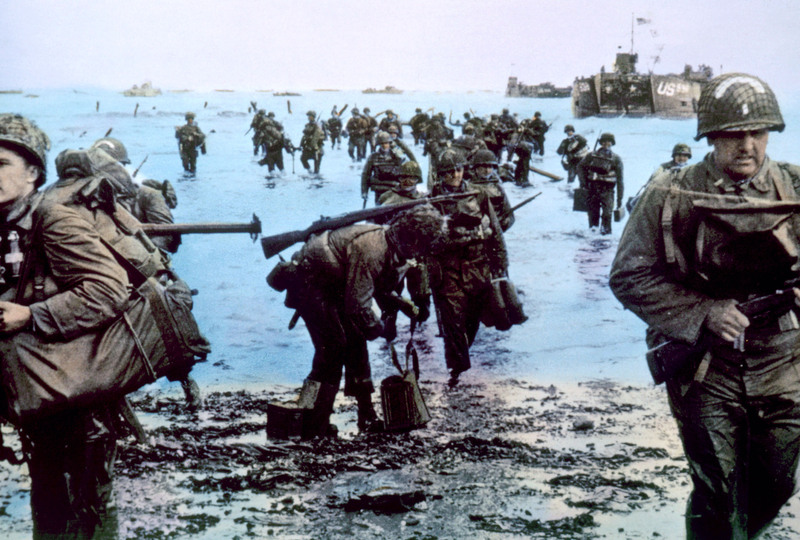
The planning for Operation Overlord was immense and meticulously detailed, involving months of intelligence gathering and coordination among the Allied forces. The operation was under the supreme command of American General Dwight D. Eisenhower. It was a bold strategy to open a new Western front against Germany, aiming to relieve pressure on the Soviet Union in the east and push German forces back on multiple fronts.
The invasion began under the cover of darkness, early in the morning, with extensive aerial and naval bombardment of the German defenses. Paratroopers and glider troops were dropped behind enemy lines to capture key positions and disrupt German communications. As dawn broke, the main amphibious landings commenced across five beachheads: Utah, Omaha, Gold, Juno, and Sword.
Each beach presented unique challenges. For instance, Omaha Beach saw some of the heaviest resistance and the most severe casualties, with American forces encountering fortified positions and heavy fire from German troops. In contrast, at Utah Beach, troops landed with fewer obstacles and were able to quickly secure their targets. British and Canadian forces at Gold, Juno, and Sword beaches faced fierce combat but ultimately succeeded in capturing their objectives, though not without significant resistance and loss of life.
The success of the initial landings was critical, but it was just the beginning of a long and brutal campaign to push the Germans out of France. In the weeks following D-Day, Allied forces faced tough resistance in the Normandy countryside. The bocage (hedgerow country) proved to be a challenging terrain for the advancing troops, leading to deadly skirmishes and slow progress. However, the capture of Cherbourg at the end of June provided the Allies with a crucial deep-water port, aiding in logistical support.
Operation Overlord also had a profound psychological impact on the German high command, exposing the vulnerabilities of Hitler’s fortress Europe. The Germans struggled to respond effectively to the landings, hampered by Hitler’s initial reluctance to release reserve panzer divisions to the area, mistaken beliefs about the main site of the invasion, and the overall strain of fighting a multi-front war.
By late August 1944, the Allies had liberated Paris. The successful execution of Operation Overlord, although costly, marked a significant strategic victory, boosting the morale of Allied forces and contributing to the eventual downfall of Nazi Germany.
Today, D-Day is remembered for its extraordinary scale and the remarkable bravery of all the soldiers involved. It remains a testament to the complexity of military strategy and the courage required to execute such a daring and significant operation.



